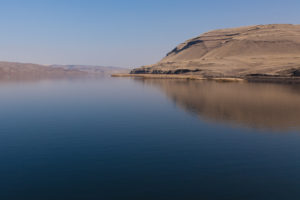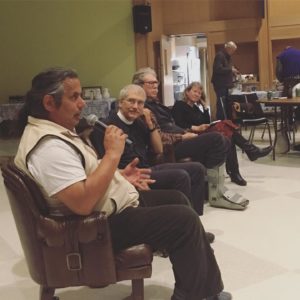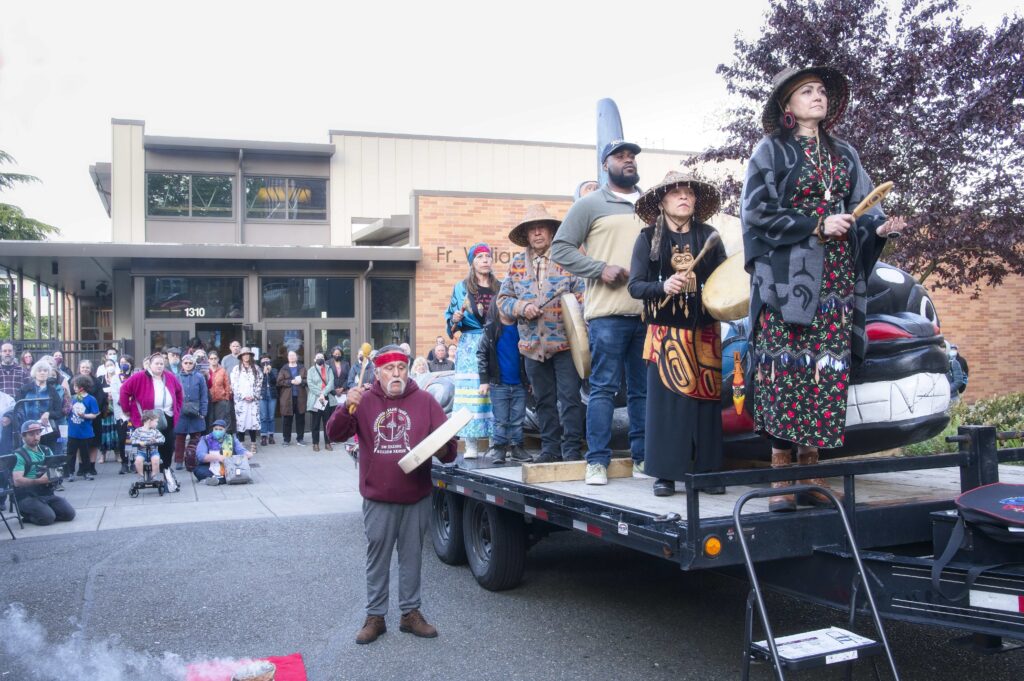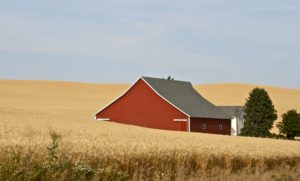The Columbia-Snake River Basin was once one of the most productive salmon habitats in the world. Historically, the entire Columbia Basin was home to between 10-16 million salmon annually. As recently as the 1950s there were still nearly 130,000 wild salmon returning to the Snake River alone. Within a lifetime however, these vibrant salmon runs have plummeted below 10,000 and all four salmon and steelhead populations in the Lower Snake River are now at risk of extinction. Native nations, the People of the Salmon and sovereign co-managers of the fishery, have likewise suffered significant loss of their livelihoods and culture.

With the construction of four dams on the Lower Snake River came new hurdles for wild fish: turbines to survive and increasingly warm slack water reservoirs to traverse. Scientists have told us for many years that restoring the Lower Snake River by removing its dams may be the only way to save endangered salmon and steelhead, help feed starving orcas, and restore the benefits these iconic fish deliver to people and ecosystems across the region.

The Northwest only receives 4% of our energy from these dams. A 2021 study by the NW Energy Coalition shows that the energy generated provide maximum sustained peaking capacity during times when the Northwest grid already has an abundance of hydropower and that the dams can only provide limited multi-hour peaking capacity during times when peaking capacity is most needed, particularly mid-winter and late summer. Earlier studies show that we can easily and cost-effectively replace this electricity with reliable renewable sources such as wind, solar, and energy efficiency. Farmers and growers use river barges to get their products to market, but for less money than what we’re now spending to subsidize barges we can develop alternative transport options and update rail and highway infrastructure. We seek solutions that will wisely re-direct taxpayer dollars and bring about a more prosperous future for all.
In the faith community, we care as much about people – our neighbors – as we do for creation. This is why Earth Ministry/WAIPL has been bringing Native leaders, farmers, fishermen, and people of faith together for over a decade to discuss the future of the Northwest. Our “Loaves and Fishes” events have provided space for community members to share their hopes for the region and to be in conversation about potential challenges. Faith leaders are playing an important role in reconciling differences and creating a path forward that honors everyone’s needs while restoring the Creator’s great gift of salmon.
Current Campaigns
Breaking News: The U.S. Government Commitments in Support of the “Columbia Basin Restoration Initiative” and in Partnership with the Six Sovereigns
All Our Relations Snake River Campaign, September 23 – October 1, 2023
Reducing Carbon Emissions, Saving Salmon, Restoring the Lower Snake River
Shared Values, Shared Water
The watersheds of the Snake and Columbia Rivers are home to vibrant and diverse communities. Commercial fishermen deliver to our tables salmon that have migrated hundreds of miles through the Columbia Basin. Wheat farmers from the Palouse grow grain to feed the world. Children grow tall and wield their first fishing rods in bustling riverside towns. First Nations practice both modern and ancient fishing and harvesting traditions that connect them to their ancient and abundant home. We all share a deep love of the Inland Northwest and a desire for a better future for all people of the region.
Our faith guides us to make good decisions about the fate of the Columbia and Snake Rivers and all the tributaries that support Native tribes as well as farms, fisheries, and tourist destinations.

2022 Spirit of the Waters Journey
Northwest Native Tribes
Native tribes are more than simply stakeholders as they have inherent rights as first people. Native nations also have treaty rights with the United States government which gives them legal status. Indigenous people gave up thousands of acres of their land for the right to hunt and fish in their “usual and accustomed places,” a 163 year-old promise which has not been kept by the government. Restoring salmon runs honors these agreements and the moral imperative for justice.
Inland Northwest Communities
Everyone benefits when towns turn toward and celebrate their riverfronts. Revitalizing riverside neighborhoods attracts new talent to the region and encourages local young adults to stay and start their careers and families here. Maintaining the four dams on the Lower Snake River requires hundreds of millions of dollars each year, while much more money will be needed soon to update aging infrastructure.
Rather than continuing financial support for these obsolete dams, using our tax dollars to revitalize waterfronts in Lewiston/Clarkston and other river towns will bring an economic revival to the region. Spokane chose to redevelop its waterfront and as a result Riverfront Park is a showcase attraction, bringing in new businesses, providing recreational opportunities for young and old alike, and amplifying community connections. We can infuse Southeast Washington’s river towns with new life through sound financial investment in our waterfronts rather than supporting crumbling dams.

Farmers and Fishermen
Agriculture is the backbone of the Inland Northwest economy and farmers and growers have a big stake in maintaining good transportation options to get their products to market. Most farmers don’t care how wheat gets to market – they care how much it costs. In fact, agricultural shipping on the Snake and Columbia Rivers from the Palouse is down by 70% and pulse crops must use rail or truck to get their crops to the coast. In any path forward, farmers must be kept whole. It is time to have a watershed-wide conversation on whether investing in better rail and road infrastructure for farmers can provide a way forward for both the future of Palouse agriculture and fishing economies across the Columbia Basin.
There are strong parallels between Palouse farmers, commercial fishermen on the Columbia River, and sportfishing businesses in Eastern Washington and Idaho. These livelihoods feed the region and the world, and all of them rely on healthy ecosystems. Yet the four dams on the Lower Snake River have contributed to the decimation of salmon populations and fishing communities – while the Columbia dams provide significant benefits to the region, these Snake River dams have proved to be four dams too many for the salmon. Any positive resolution must restore wild salmon fisheries and build better transportation choices for farmers.

A Future We Can Believe In
People of faith imagine the world twenty years from now, in which the varying needs of all of the region’s residents have been honored, the Lower Snake River and salmon runs are restored, tribes are respected for their status as caretakers of creation, and farmers have modern and efficient routes to market. We can do this if we all work together.
Additional Resources:
Salmon, justice, and community from NW Faith Leaders video
Native-led Salmon and Orca Summit video
Affiliated Tribes of Northwest Indians 2021 and 2022 Resolutions
Salmon and Orca Project led by the Nez Perce Tribe
Earth Ministry/WAIPL Faith Leaders letter
Our Northwest Opportunity: Stop Salmon Extinction Coalition
Save Our Wild Salmon Restoring the Lower Snake River Project – includes a list of recent media
NW Energy Coalition Lower Snake River Dams Power Replacement Study
Four-part series on the Snake River Dams by the Sightline Institute
Sierra Club Snake River Fact Sheet
Washington Environmental Council Lower Snake River dinner hour video series
Snake River Salmon News
2023 All Our Relations Snake River Campaign
Recapping the 2023 Washington State Legislative Session
Salmon and Orcas Are Being Managed Toward Extinction—and So Is the Lummi Nation
Snake River Salmon News Archive


